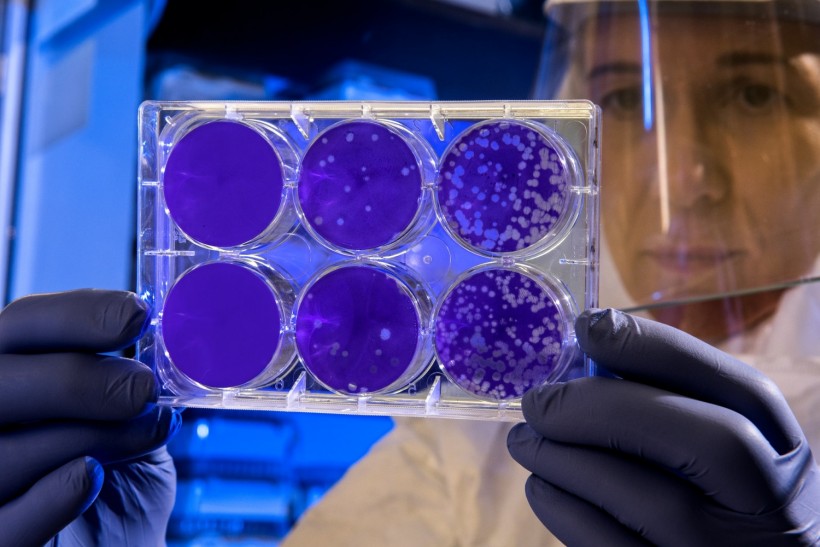As advanced and complex biotechnology from science fiction becomes a reality, nation-states and non-state groups are believed to consider new technologies in their strategic and planning forecasts. One such innovation is the use of biological weapons.

Challenges in Using Biological Weapons
Biological weapons refer to microorganisms or toxic substances deliberately produced and released to cause disease and death in humans, animals, or plants. They form a subset of a larger class of weapons called weapons of mass destruction.
In the past, biological weapons were dismissed by nations because of the high risk of collateral damage to their forces. Like enemies and allies, pathogens have an unpleasant habit of moving around. In addition, nation-states have avoided the use of large-scale biological weapons and instead focused on more precise targeting, like assassinations.
Such conditions were not challenging to meet. In the early 2000s, the Al Qaeda terrorist group created large-scale anthrax weapons but found it easier to rely on more traditional weaponry due to Western intervention and high resource costs. However, the landscape is changing as advances in biotechnology present new strategic opportunities and challenges in warfare.
READ ALSO: AI-Powered Algorithm Developed Thousands of Deadly Biological Weapons in Just 6 Hours!
Synthetically Generated Plagues
In a new report by the RAND Corporation funded by the Office of the Secretary of Defense and the National Defense Research Institute, experts explored the possibility of developing engineered pathogens as new instruments of warfare. As AI continues to develop and CRISPR technology becomes more straightforward and more cost-effective, the idea of creating genetically modified pathogens that target specific individuals with particular genetic markers quickly leaves the realm of science fiction.
According to the report, strategic calculations could shift because of technological improvements like mRNA, CRISPR gene sequences, and advances in brain-computer interfaces. The emergence of countries with advanced biotechnology capabilities paves the way to a new, more dynamic future for biotechnology at war.
Engineered pathogens are also much easier to hide. Unlike non-transmissible pathogens, transmissible ones have much greater potential for mass casualties and societal disruption. This makes transmissible bioweapons more appealing for secret operations.
Achieving this feat, however, comes with challenges. Creating such biotechnological weapons will need costly and high-level technology. Nonetheless, the most accessible technical means would be gaining access to a highly secured laboratory for manipulating high-risk pathogens. In other words, this means stealing the technology.
Experts also warn that there has been a marked increase in biosafety laboratories worldwide that handle dangerous human and animal-born pathogens. BSL-4 laboratories, which handle the most dangerous pathogens, are being built at an alarming rate. In Europe alone, there are 40 such laboratories as of 2023.
There are also BSL-3 and "3-Plus" laboratories, which are much more common. Recent data reveals that 18 new BSL-3 and BSL-4 laboratories will be built in Asian countries in 2024. While these laboratories conduct research meant to create vaccines, save lives, and fight a growing number of natural pathogens, they are also targets for potential thefts of pathogens.
The report argues that the human body will likely become a warfighting domain. Whether countries use genetic engineering to maximize soldiers' performance or enhance their abilities with technology, they can create biotechnology that targets specific genes for an attack.
RELATED ARTICLE: Biological Warfare on the Horizon? ISIS Soldiers May Be Infected With Ebola
Check out more news and information on Biological Weapons in Science Times.














